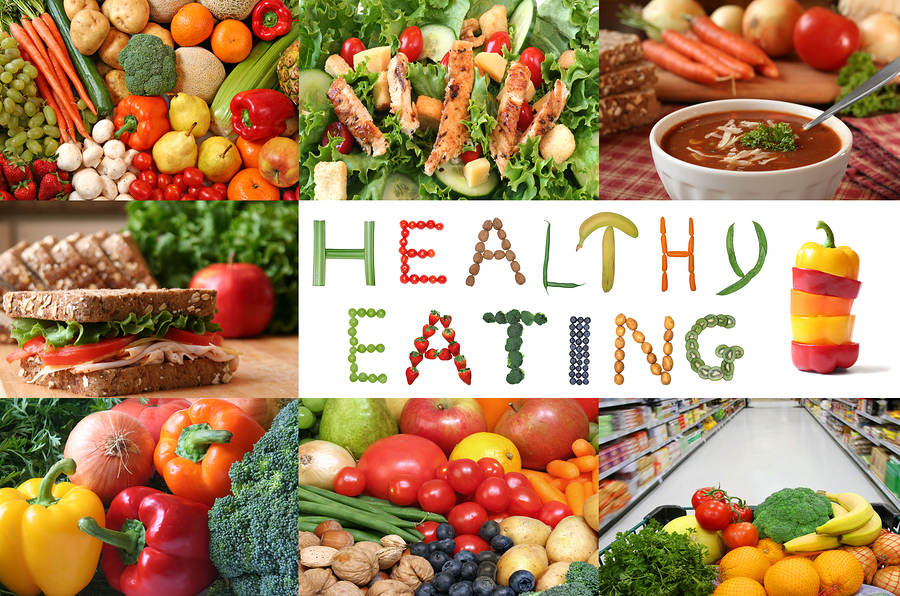Tasha Adams is the Wellness/Program Director for RC Fitness in Chester, VA. She is a CE-certified Health Coach, Personal Trainer, and Group Fitness  Instructor with specialty certifications in sports nutrition and as been in the fitness industry for over 12 years. She focuses on helping her clients understand the multifaceted nature of wellness: mental health, physical improvements, and balanced nutrition. It is a challenge for busy families to balance life and fit home improvement projects in too. DCI asked Tasha to share her thoughts on the positive part good nutrition can play in this by answering a few related questions for us.
Instructor with specialty certifications in sports nutrition and as been in the fitness industry for over 12 years. She focuses on helping her clients understand the multifaceted nature of wellness: mental health, physical improvements, and balanced nutrition. It is a challenge for busy families to balance life and fit home improvement projects in too. DCI asked Tasha to share her thoughts on the positive part good nutrition can play in this by answering a few related questions for us.
Homes are busy these days with work, school, sports and activities. What tips can you offer for healthy eating on the go?
Stock your fridge and cabinets with nourishing ingredients! Realistically, there isn’t always time to meal-prep, but if you have healthy food options in your house you can grab-and-go healthy snacks (fruits, veggies, nuts) and create quick and easy meals in between activities. You will be less likely to turn to fast food as an option with a kitchen full of healthy foods.
DIY projects can require a lot of energy and ability to focus. Building a deck requires a lot of heavy lifting and even just painting a room uses muscles you don’t normally stretch. What foods can help with that and what would DIYers want to avoid while working on a project?
Hydration and proper fueling are key. Make sure to consistently take in water and food throughout your project, even if you do not feel particularly thirsty or hungry. Consume a combination of healthy fats, protein, and carbs at least an hour before beginning your activity and remember that each person is different – stomach tolerances for various foods will depend on the person. Experimentation is important!
What is the most frequent healthy eating challenge people describe to you and how do you suggest they manage it?
This is a tie between having the time to prepare healthy meals and knowing what foods are healthy. For the most part, foods found in their natural state will be your most nourishing options so stick to your least-altered food sources (the perimeter of the grocery store). As for time constraints, prepare ahead when possible for days where you won’t have as much time to cook your meals.
If you could pick one strategy for people to start with when attempting to improve healthy eating in their homes, what would it be?
Take full stock of your food inventory and consider what purpose it serves. Are your foods fueling your activities? Do you enjoy them? If most of the items in your fridge and cabinets meet these two criteria, then you’re on your way! If most of your foods only serve one purpose, it’s time to consider making some changes.
The links to external sites in this post are affiliate links, and we will be compensated when you make a purchase by clicking through our links.





Have you been successful with the challenge of managing good nutrition for your family on the go? Share your thoughts with us below!